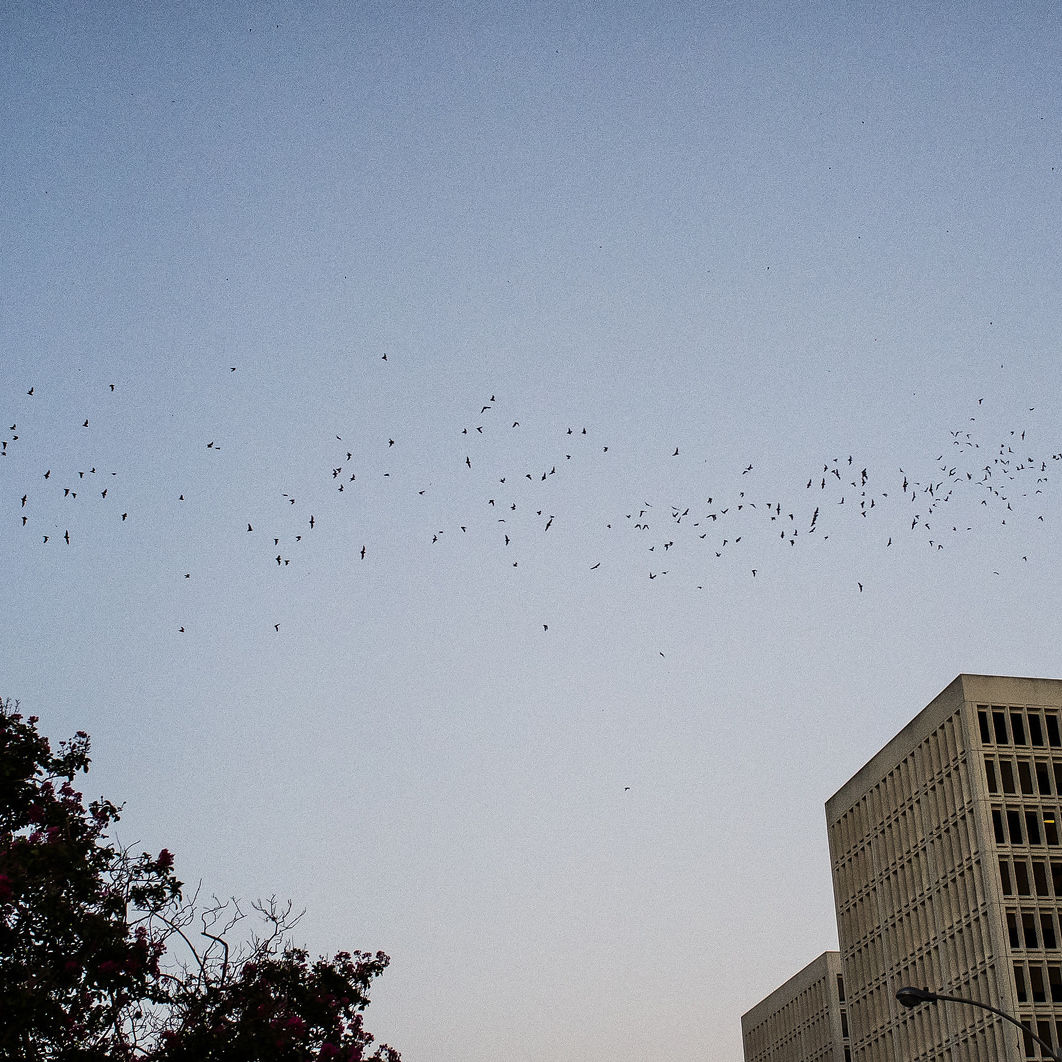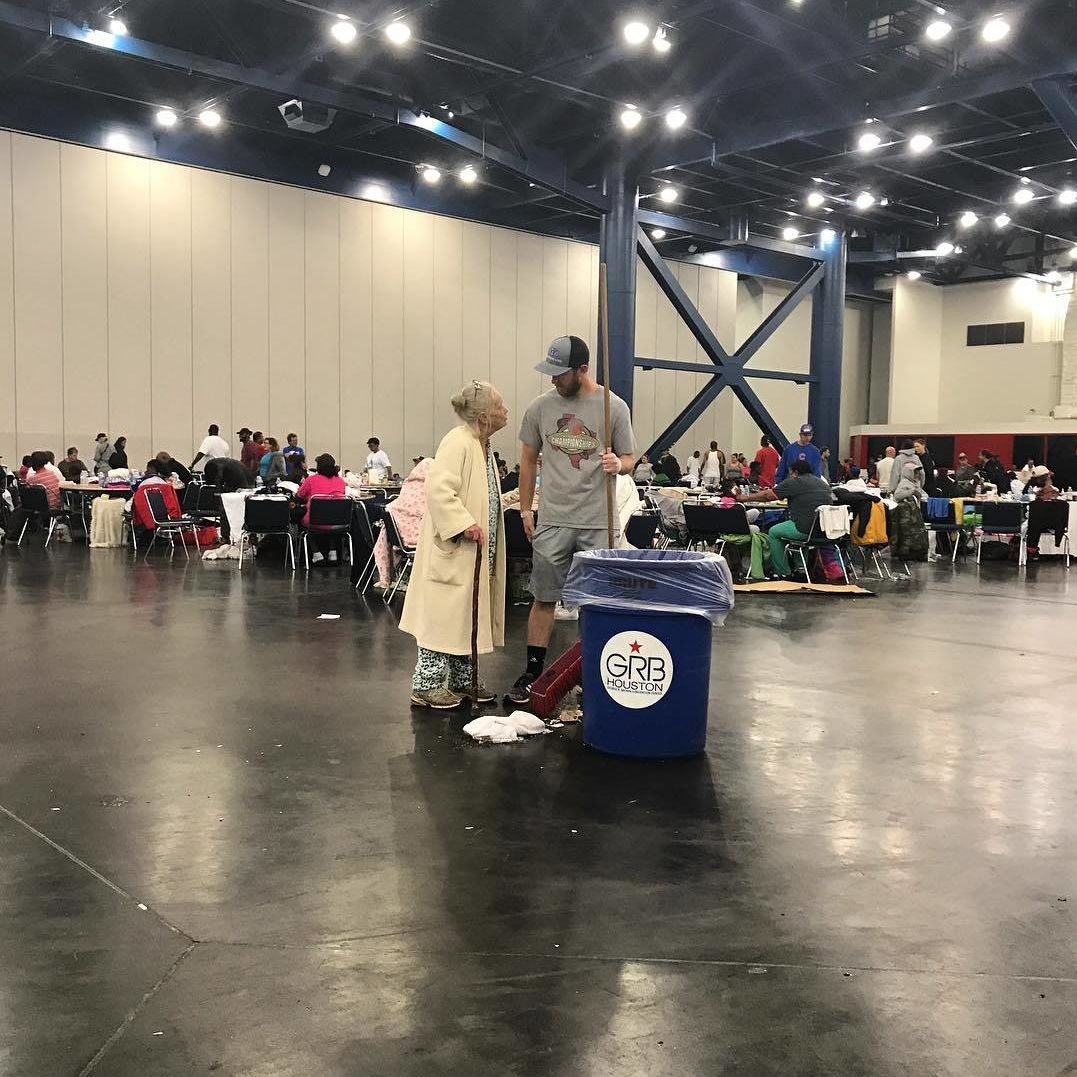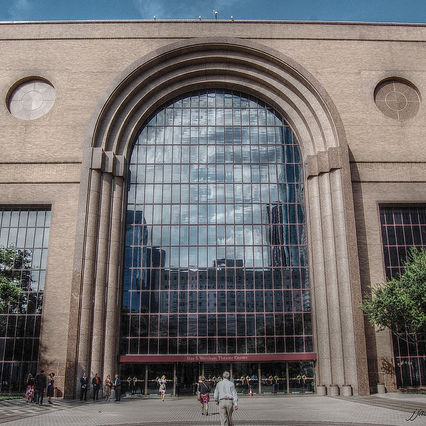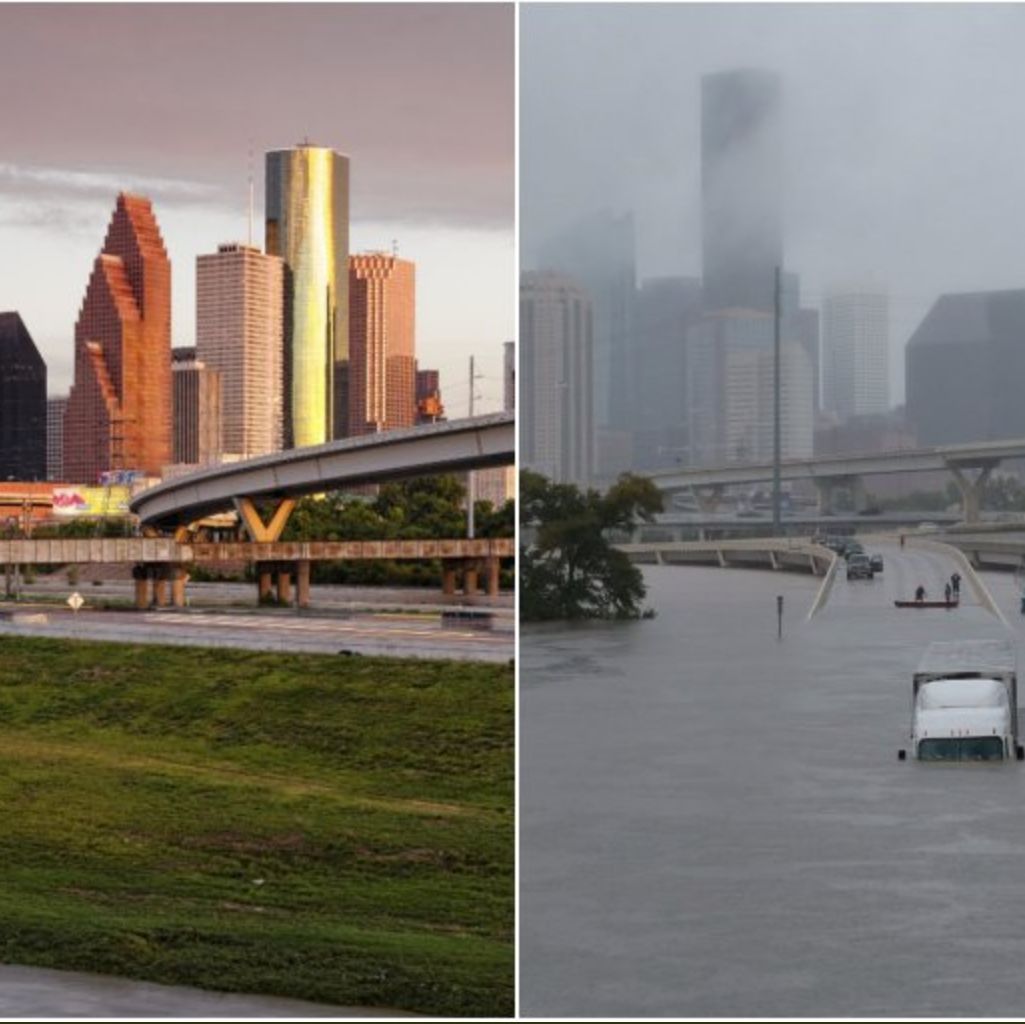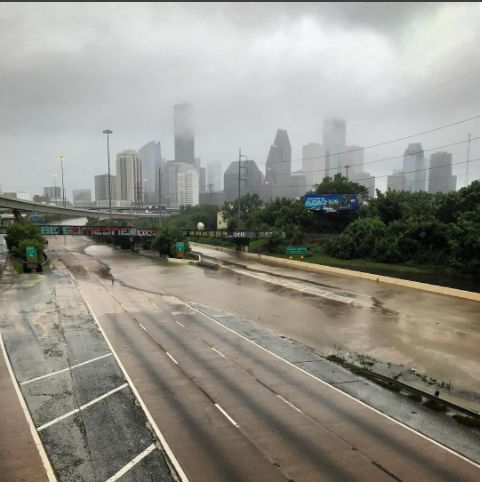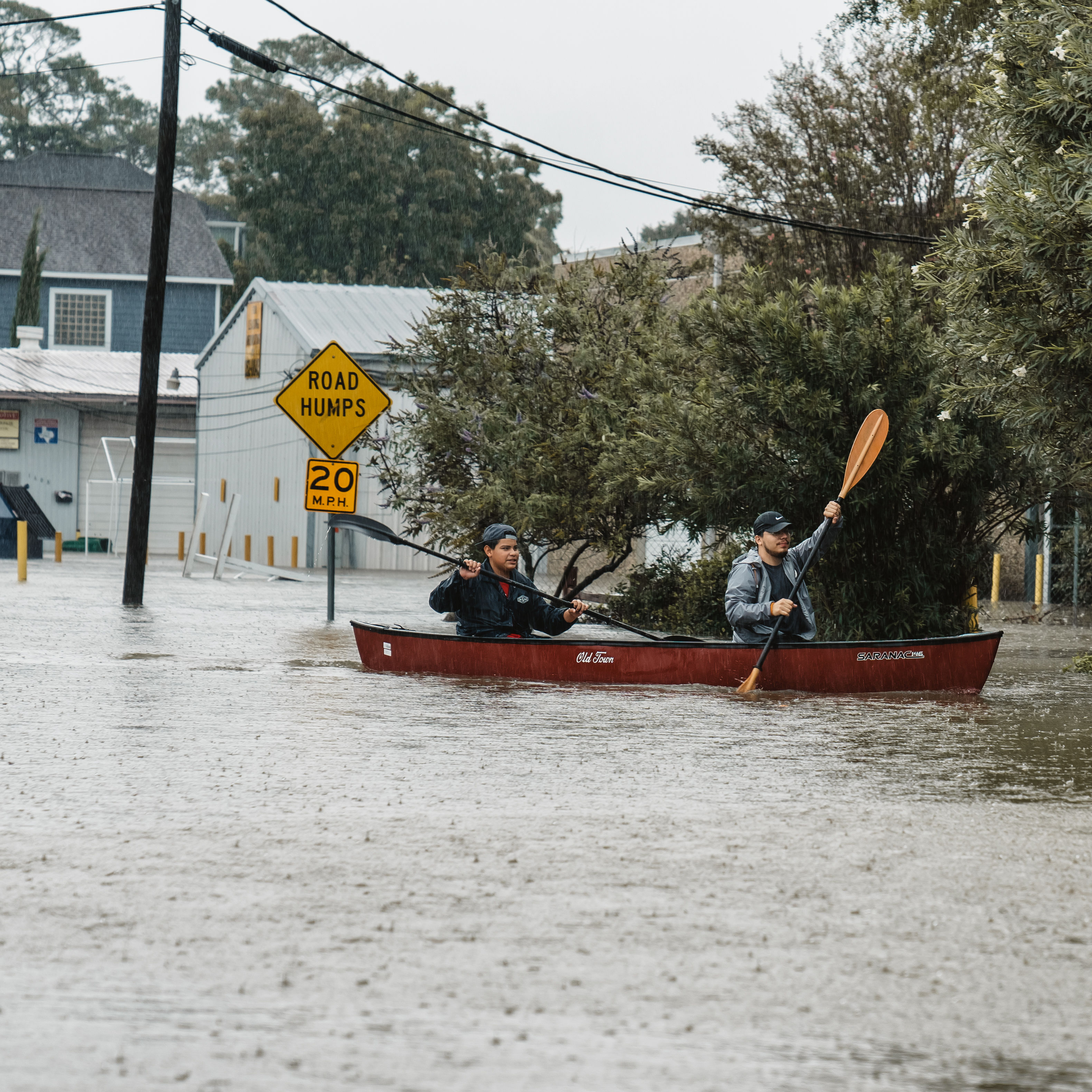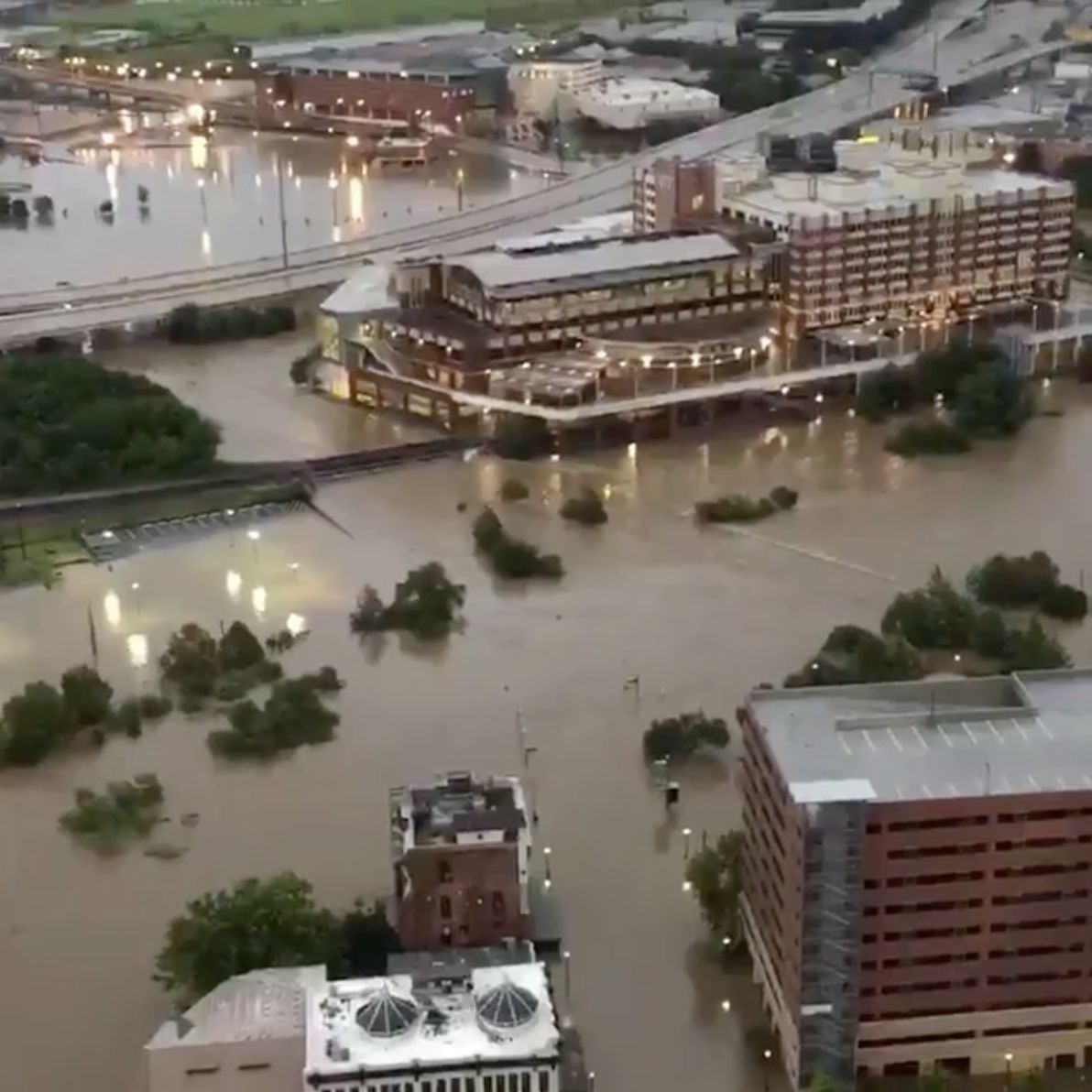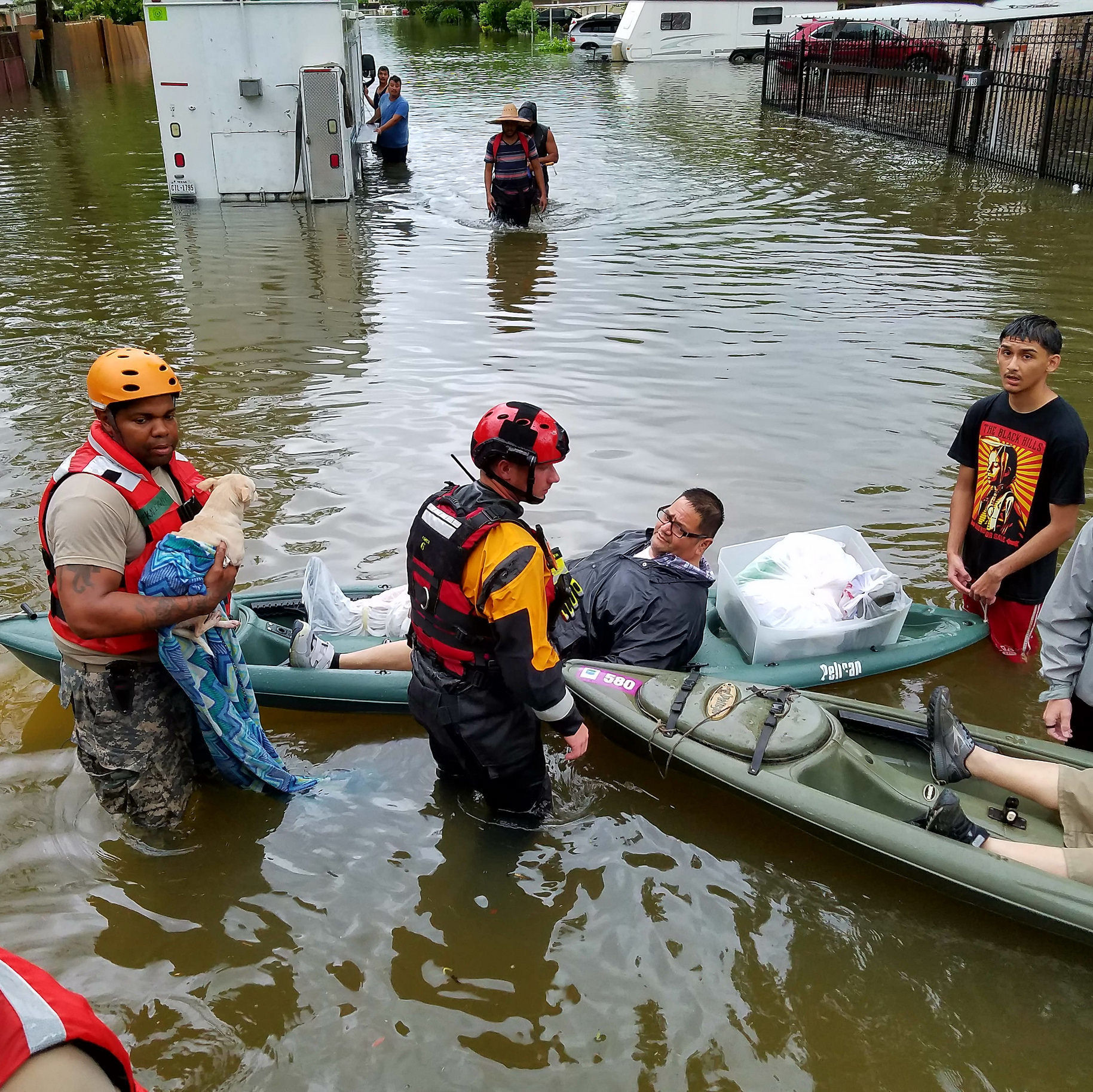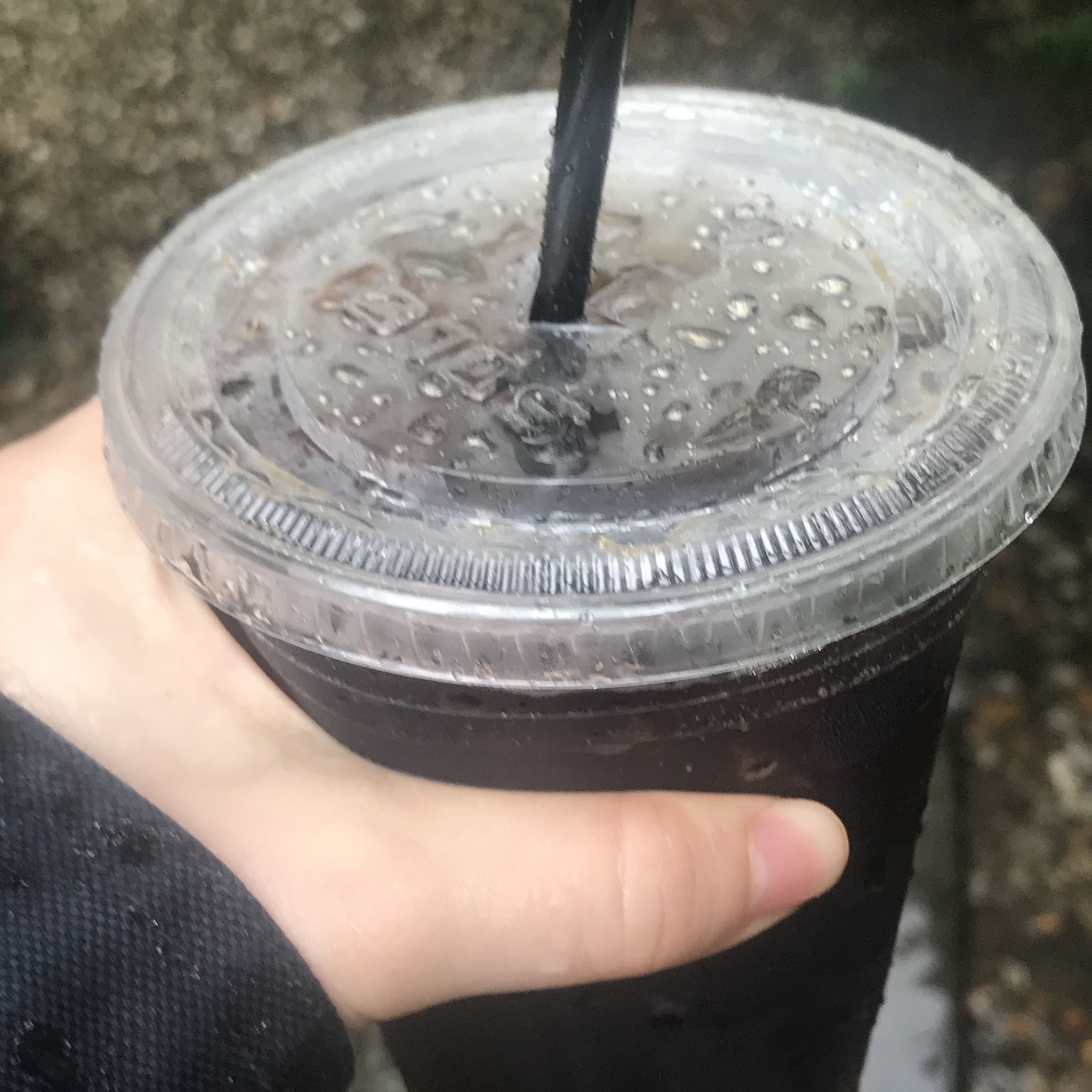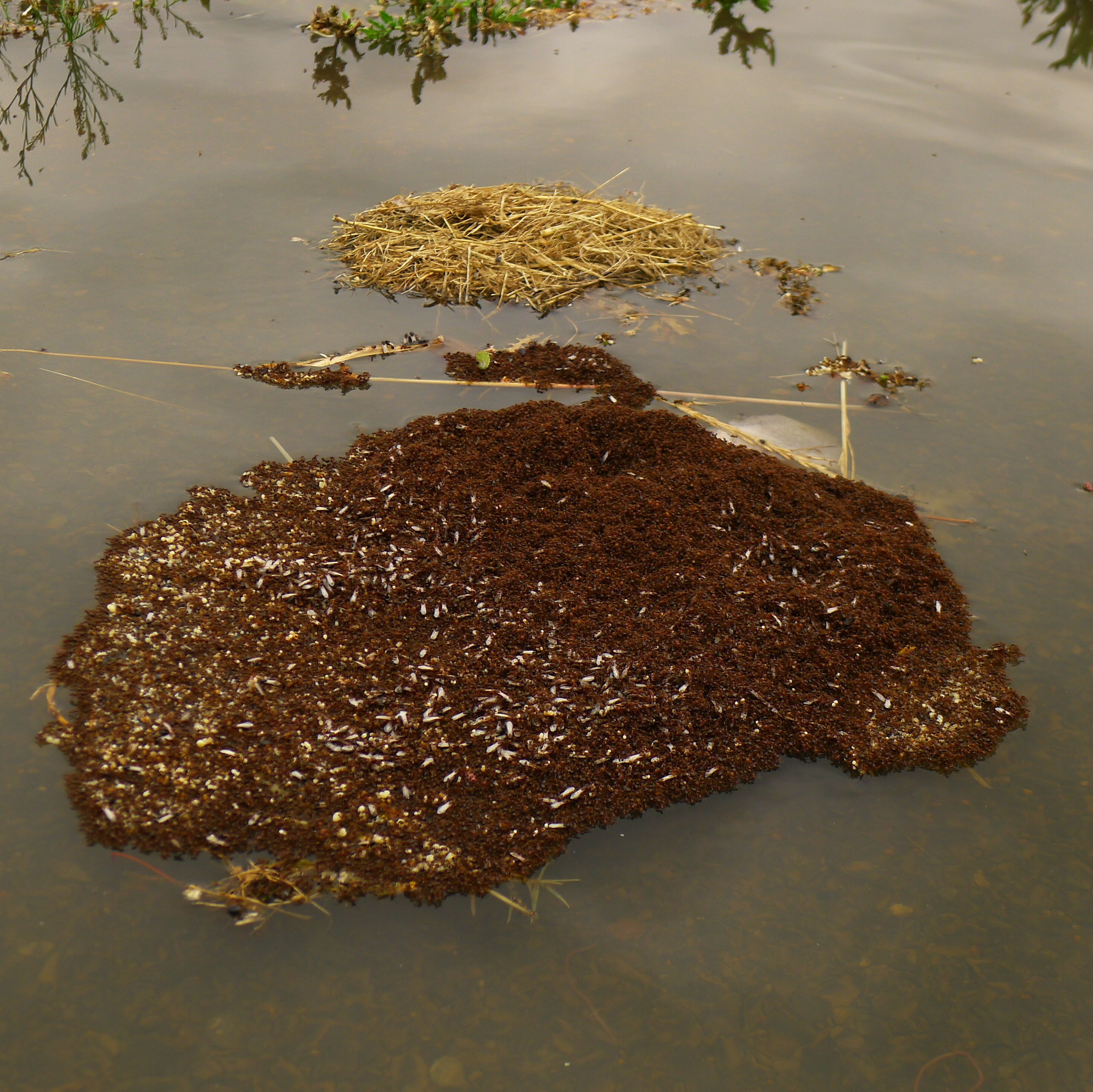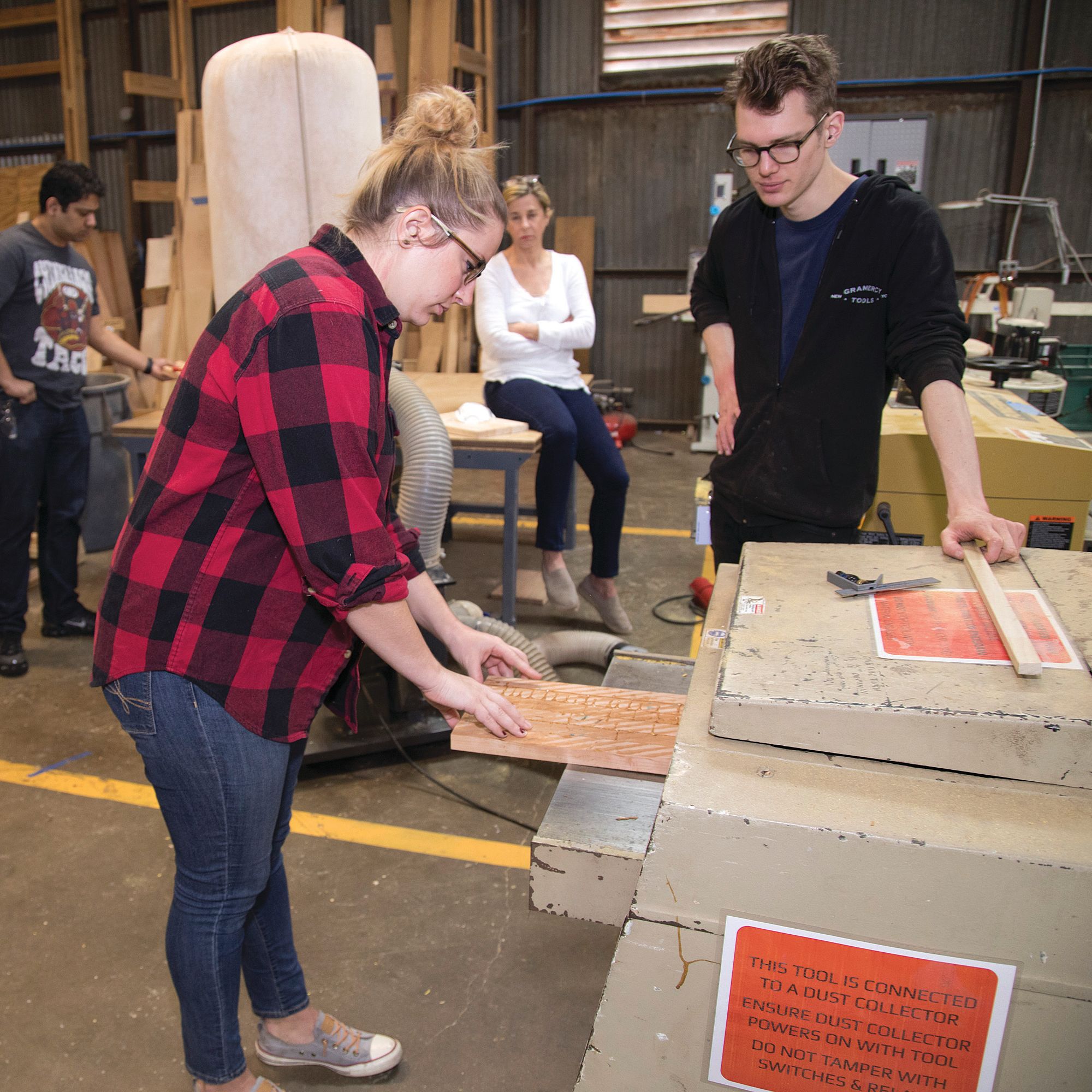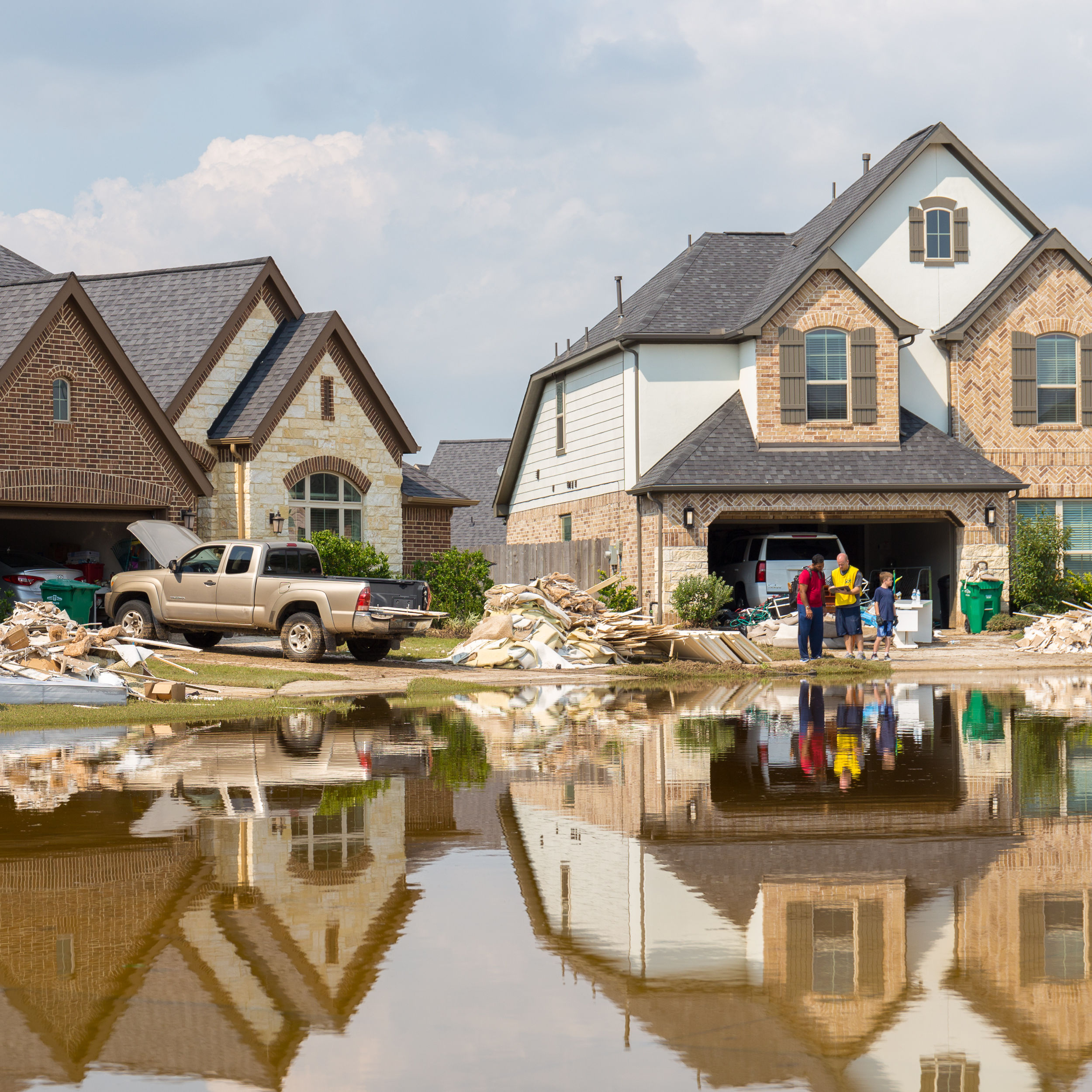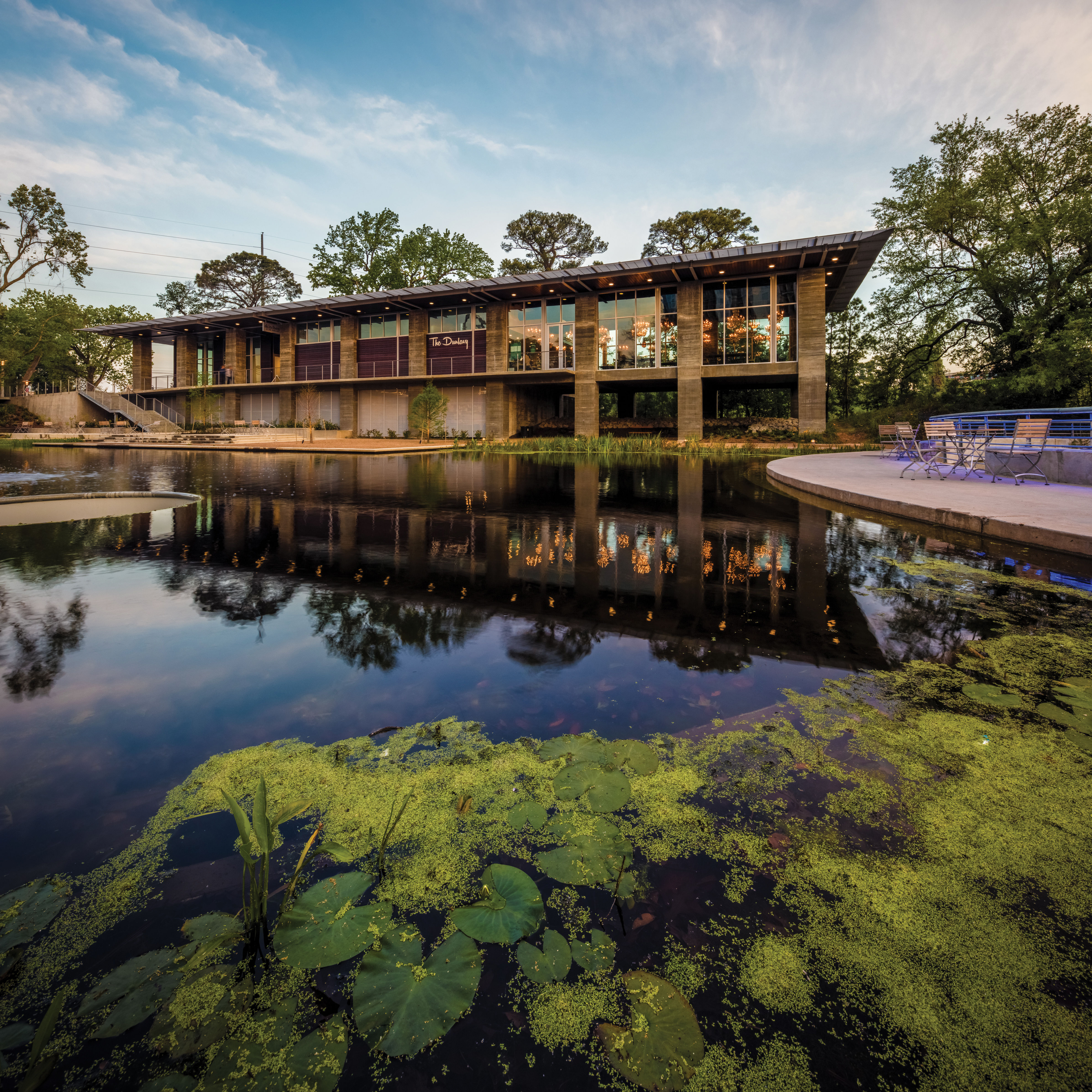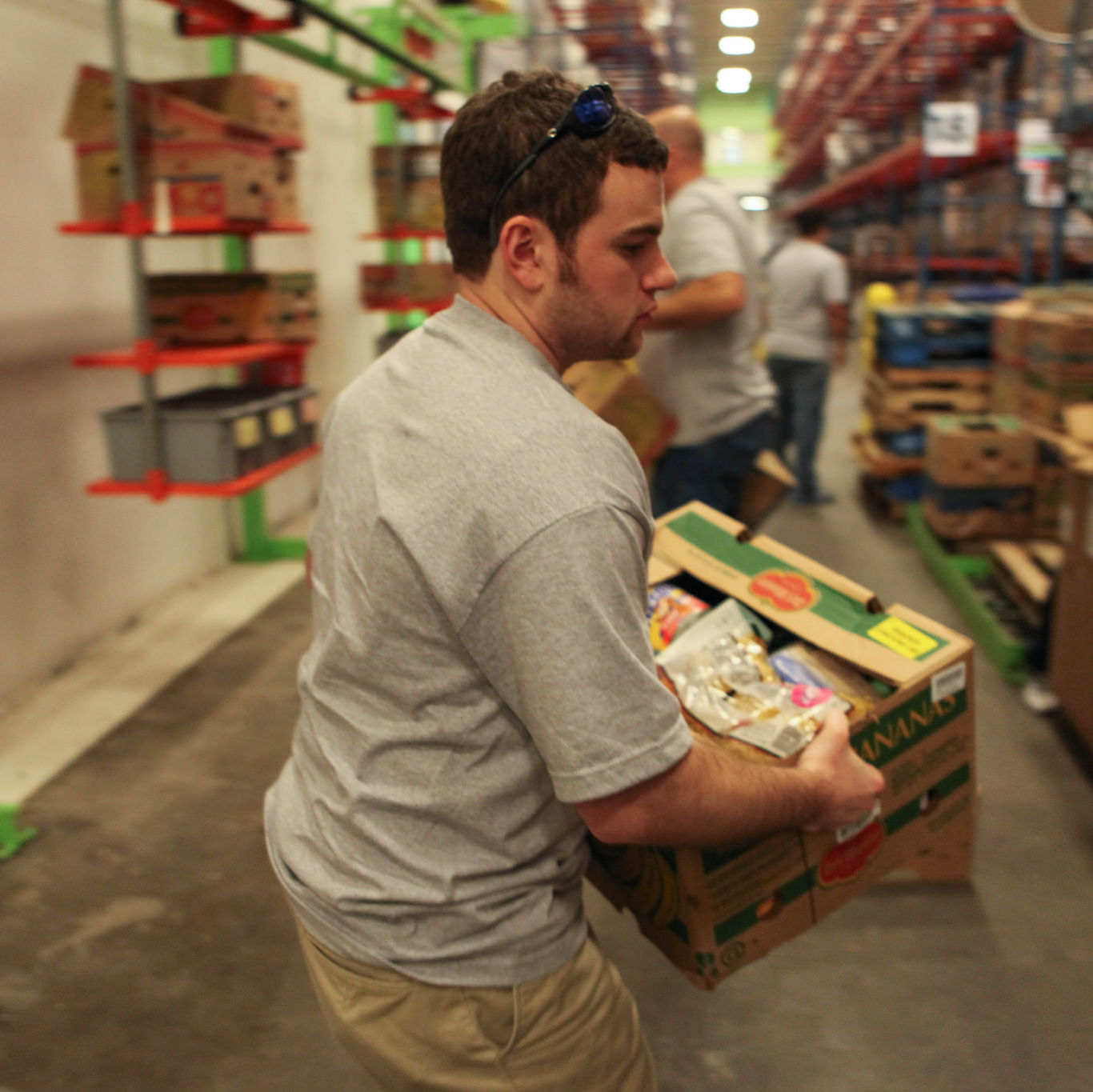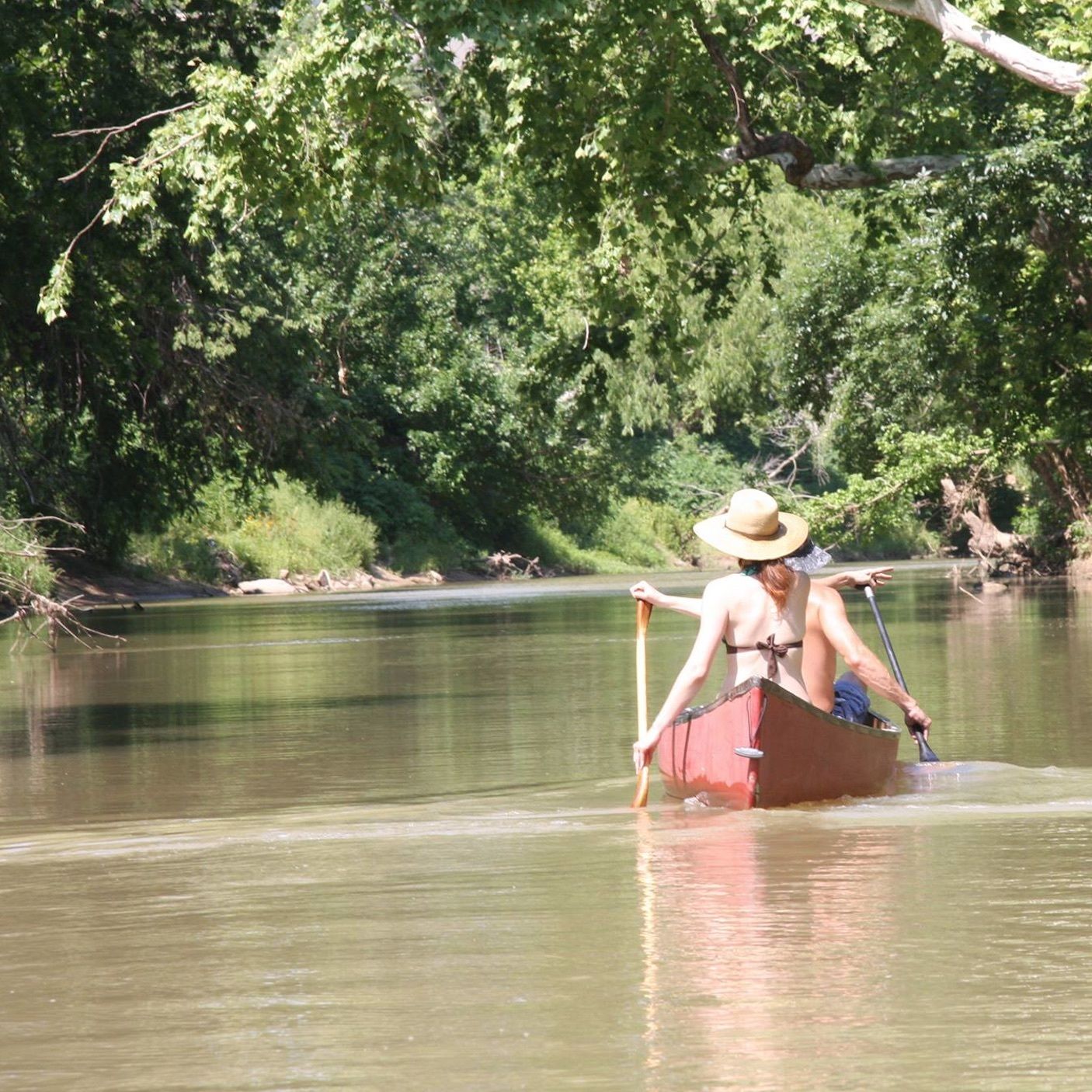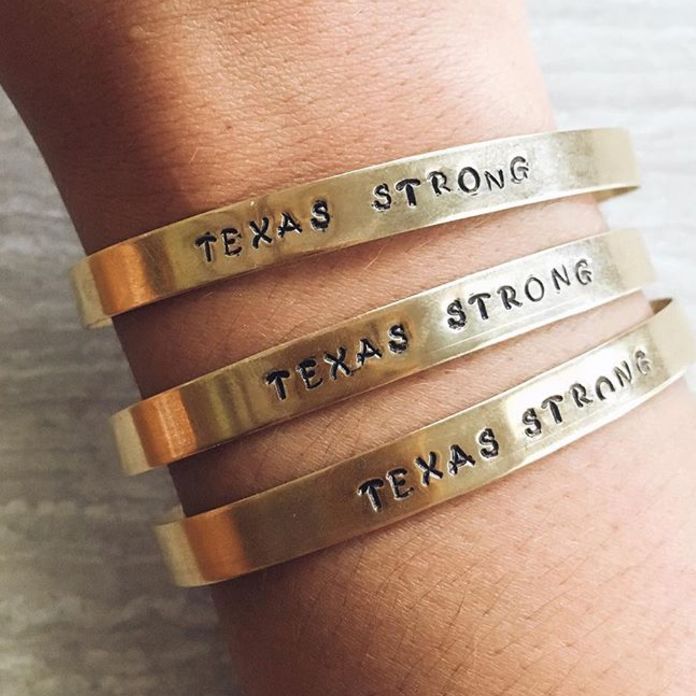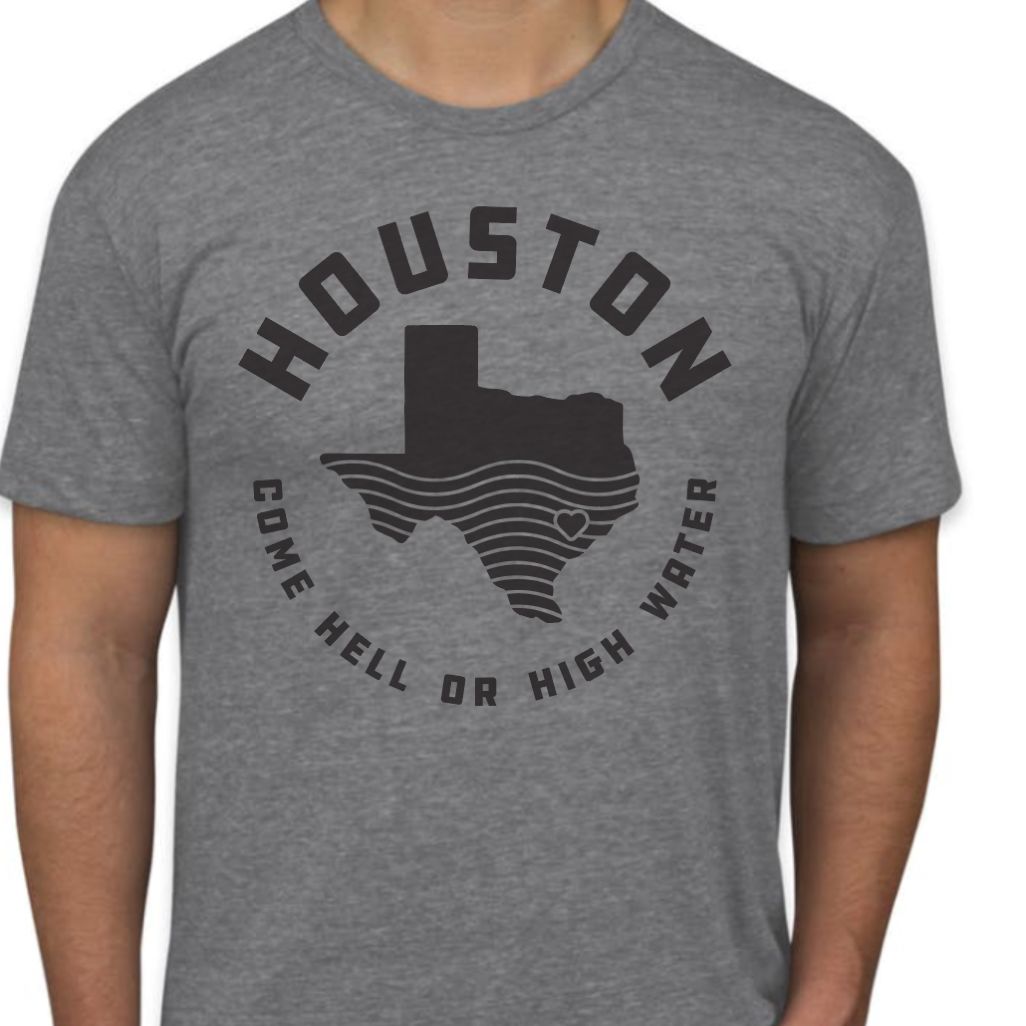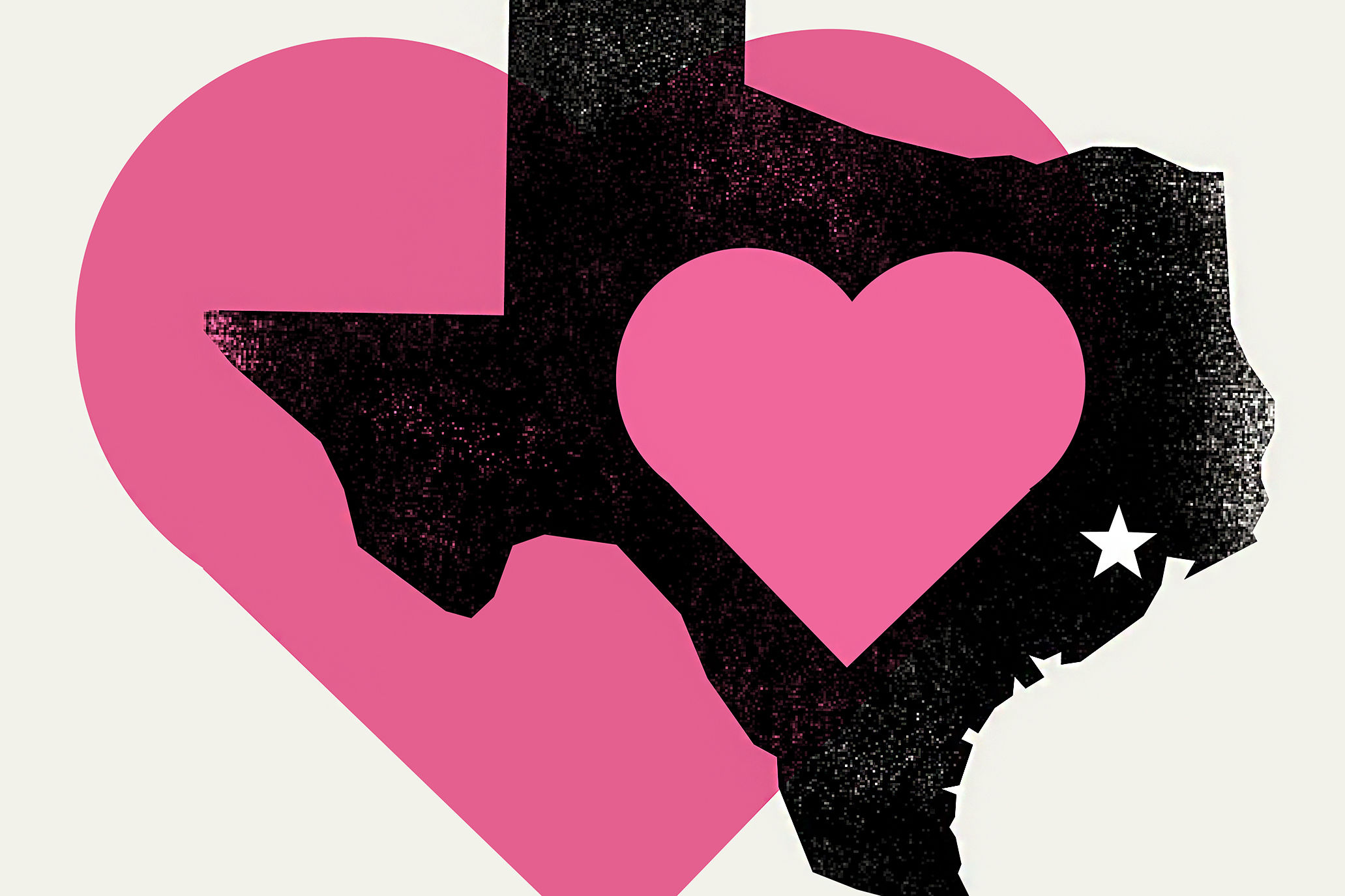Flood Waters Could Continue to Cover Memorial for Weeks
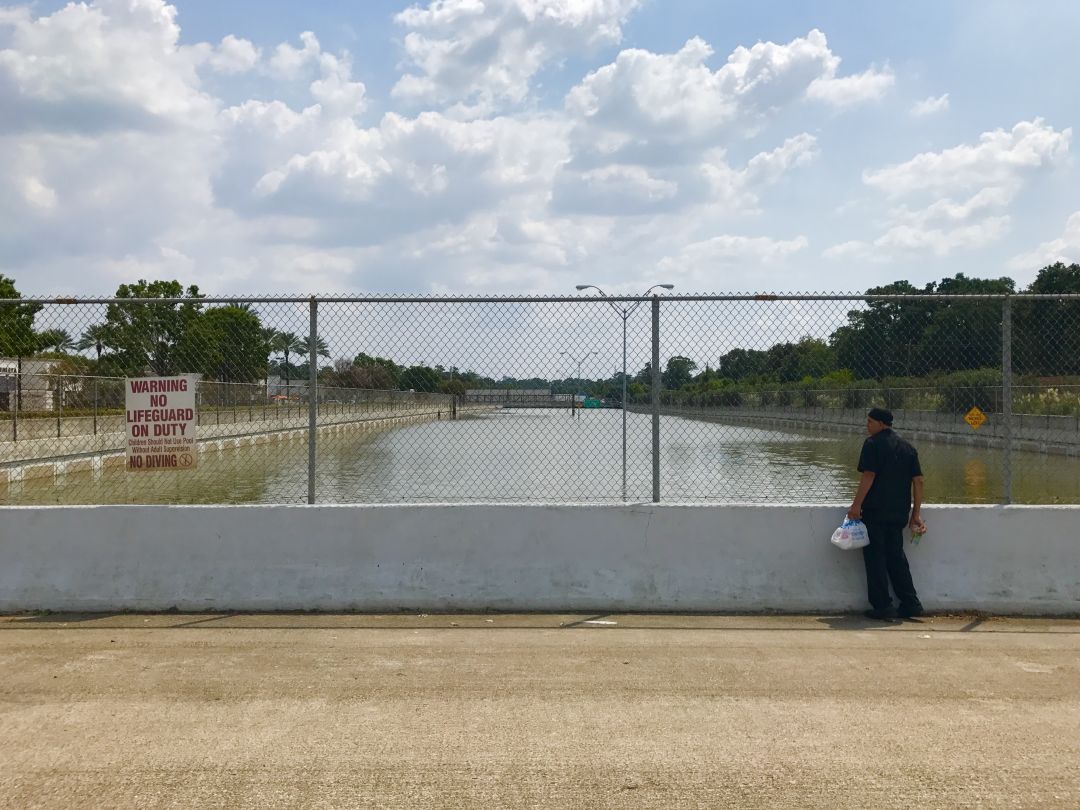
Beltway 8 could be filled with flood waters for two more weeks as Addicks and Barker reservoirs empty into the nearby Buffalo Bayou.
IMAGE: KATHARINE SHILCUTT
ON SUNDAY NIGHT, Dr. Natacha Qureshi was working overtime in a Katy emergency room, where she rode out Hurricane Harvey away from her husband and young daughter. By Tuesday evening, her family was being evacuated from their Memorial-area home by members of the Louisiana Cajun Navy as floodwaters from Buffalo Bayou overtook their one-story home. By Friday afternoon, Qureshi was finally able to see the damage to their home firsthand, wearing heavy-duty gloves and muck boots as she waded through the water.
Her home, just off Memorial Drive between Eldridge Parkway and Dairy Ashford, received about two feet of water at the highest point. "To begin remodeling may take a few days to weeks depending on how long they continue to release water form the dams," Qureshi said. "As of yesterday it wasn't low enough to work—it's a day-by-day assessment."
At the same time, Mayor Sylvester Turner was issuing a voluntary evacuation request for residents of the Memorial area south of I-10, west of Gessner Road, north of Briar Forest Drive and east of the Addicks and Barker reservoirs that are slowly emptying their contents into Buffalo Bayou. "US Army Corps of Engineers says water releases into Buffalo Bayou on west side necessary to avoid larger catastrophe in next rain," said Turner on Twitter.
While the rest of Houston is drying out, portions of Memorial are preparing to be underwater for quite some time as floodwaters continue to rise in neighborhoods from Highway 6 to Beltway 8 and beyond. Parts of the Beltway are still underwater too, with over 16 feet at Kimberley Drive alone.
Meanwhile, Buffalo Bayou flood gauges registered the waterway above its all-time peak of 61.2 feet at a record 62.7 feet. Officials like Jeff Lindner, head meteorologist with the Harris County Flood Control District, note that while those levels are falling, waters could remain high in the area for up to two weeks. This means two more weeks of homes underwater—and two more weeks before residents in West Houston can begin rebuilding their lives.
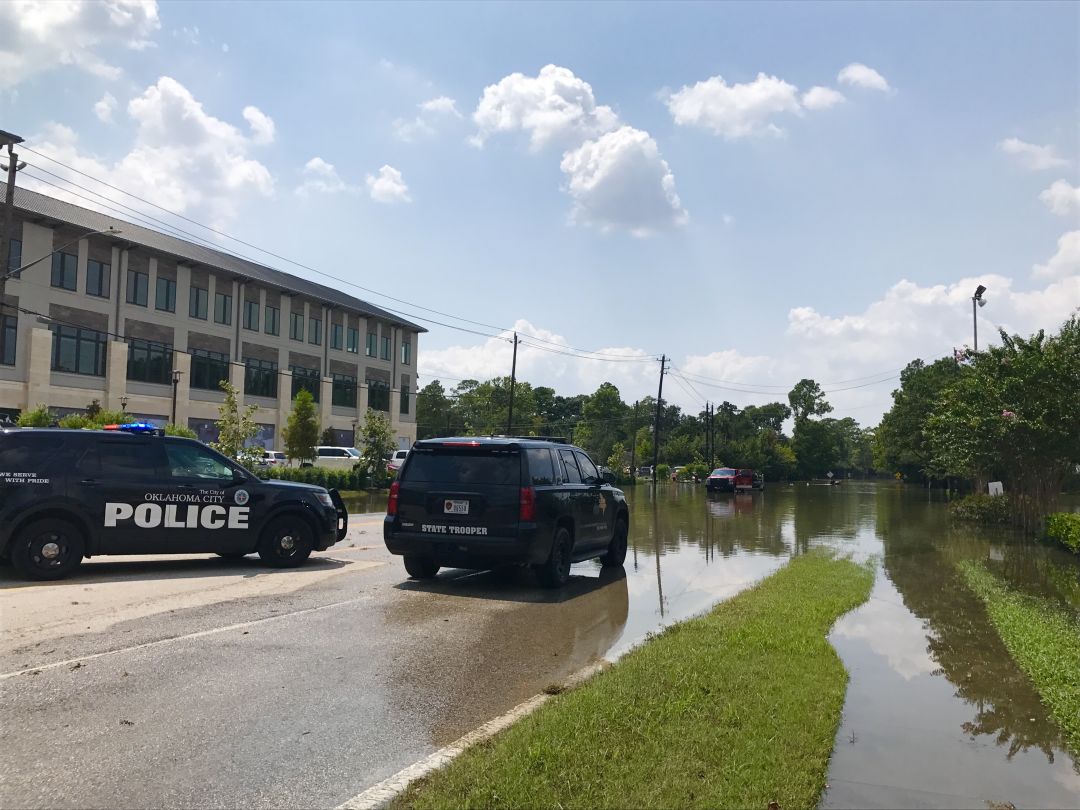
Memorial Drive is blocked by flood waters west of Benignus.
IMAGE: KATHARINE SHILCUTT
Why? The simple answer is that there's nowhere else for the water to go. Over the last week, the Addicks and Barker reservoirs have contained 400,000-acre-feet of water, which is approximately the same volume of water that goes over Niagara Falls in 10 days. Despite the sunny weather, that much water isn't going to evaporate, and the longer it remains in the reservoirs—exerting extreme pressure on the earthen dams—the higher the chance of catastrophic failure, leading to even more torrential flooding downstream. And so into Buffalo Bayou it goes.
"The Army Corps must now protect neighborhoods both upstream of the reservoirs and downstream of the reservoirs," explains an in-depth ProPublica piece on the matter. "In order to prevent catastrophic flooding upstream of Addicks and Barker, the agency has been releasing what it says are small amounts of water down Buffalo Bayou. This balancing act will continue, and it's already created a huge political headache for the Army Corps."
Meanwhile, residents of Memorial are in the midst of their own balancing act: On the south side of Memorial Drive at Benignus, life went on as usual. Lawn care services mowed and bagged grass clippings. Couples headed towards Bendwood Park with tennis racquets under their arms. Dogs ran next to their owners along the shady sidewalks.

Flood waters at the Beltway and Kimberley
Image: Katharine Shilcutt
Yet a few blocks away at Hollow Drive, waters from Buffalo Bayou continued to rise as police officers—including a few units sent down from Oklahoma City—turned away traffic to flooding neighborhoods.
There's "a 'can-do' attitude," in those areas still flooded, Qureshi said. "One of my friends started a WhatsApp neighborhood message. There's been a huge amount of help given from neighbor to neighbor, from finding formula during the middle of the rains to arranging boat rescues after the waters quickly rose from the dams being let out."
It's anyone's guess as to when the waters from those dams will finally be depleted, and Qureshi reports there are still homes in her neighborhood flooded up to the second floor. But those residents, she says, "have been helping the ones that are already dry, and when they dry up the neighborhood will help them too."
"There's hope for the neighborhood because we have become much closer and we depend on each other," says Qureshi. "We will be all right."





